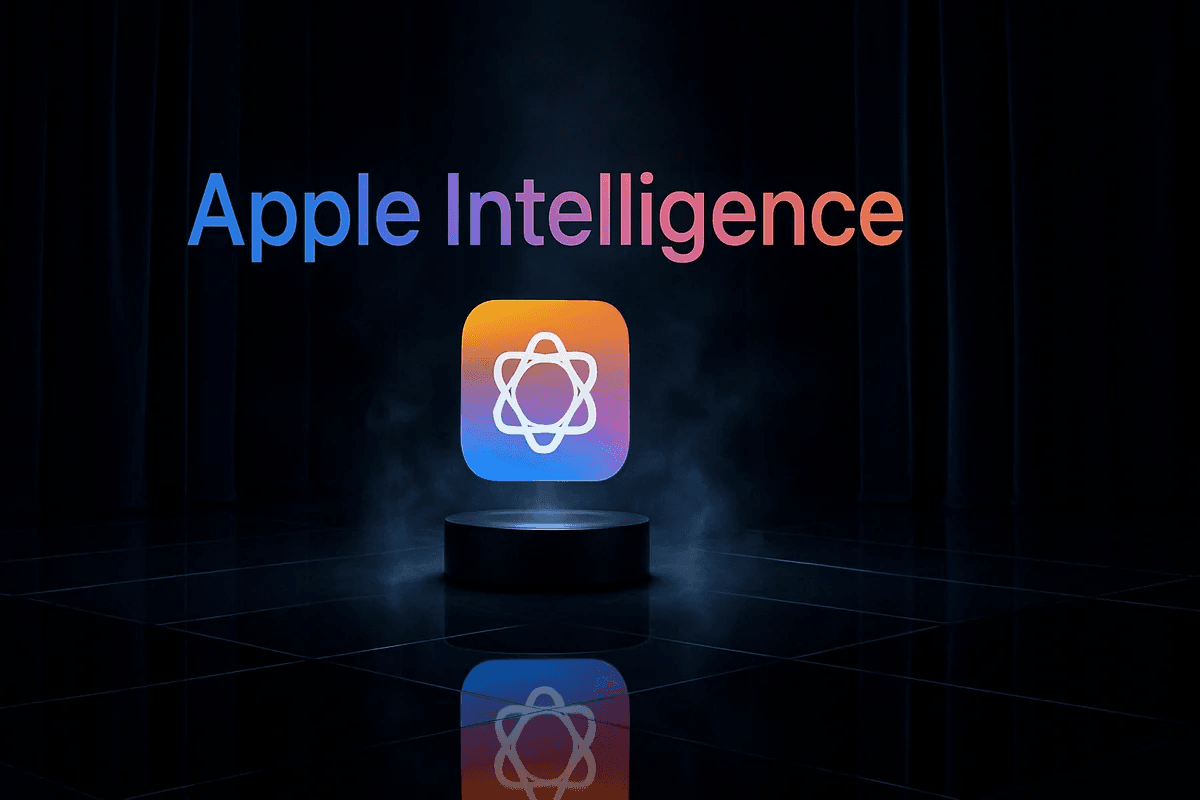Apple Intelligence: When Vision Outruns Execution
David Cyrus
Founder, Attainment
April 19, 2025
10 min read

AI Summary
In June 2024, Apple unveiled Apple Intelligence with a bold demo showing Siri's AI-powered transformation. But when the feature launched months later, it fell short of expectations. This article examines what went wrong and the lessons for product teams about timing, expectations, and the dangers of overselling before you're ready to deliver.
In June 2024, at WWDC, Apple unveiled Apple Intelligence—a suite of AI features designed to make Siri smarter, more contextual, and more useful. The demo was impressive. Siri could understand complex requests, pull information from multiple apps, and execute multi-step tasks seamlessly.
The vision was clear: Apple was finally catching up to Google Assistant and Alexa, and maybe even surpassing them.
But when Apple Intelligence launched months later, the reality didn't match the promise. Features were delayed. Functionality was limited. Users were disappointed.
This is a cautionary tale about what happens when vision outruns execution—and the lessons every product and marketing team should learn.
What Apple Promised
At WWDC, Apple demoed Siri powered by Apple Intelligence doing things it had never done before:
- Understanding context across apps (e.g., "Show me photos from my trip to Japan last summer")
- Executing multi-step tasks (e.g., "Find a restaurant near me, check if they have availability, and add it to my calendar")
- Summarizing emails, messages, and notifications intelligently
- Generating text and images on-device with privacy-first AI
The promise was bold: Siri would finally be the intelligent assistant Apple users had been waiting for.
What Apple Delivered
When Apple Intelligence launched in late 2024, the reality was far more limited:
- Many features were delayed or missing entirely
- Cross-app context understanding was inconsistent
- Multi-step tasks often failed or required manual intervention
- The AI-generated content was hit-or-miss in quality
Users who expected the WWDC demo experience were disappointed. Tech reviewers called it "underwhelming." The gap between promise and reality was too wide.
What Went Wrong
1. The Demo Was Too Polished
Apple's WWDC demos are always polished—but this one set expectations that the product couldn't meet. The demo showed best-case scenarios, not typical use cases. When users tried the same tasks, they didn't work as smoothly.
2. The Product Wasn't Ready
Apple announced Apple Intelligence months before it was ready to ship. This created a gap between announcement and availability, during which competitors (Google, OpenAI) continued to improve their offerings.
3. The Messaging Overpromised
Apple's marketing positioned Apple Intelligence as a revolutionary leap. But the initial release was more evolutionary than revolutionary. The messaging created expectations the product couldn't fulfill.
Lessons for Product and Marketing Teams
1. Don't Demo What You Can't Ship
If your demo shows features that won't be available at launch, you're setting yourself up for disappointment. Demo what customers will actually experience, not what you hope to deliver.
2. Align Timing with Readiness
Announcing too early creates a gap between promise and delivery. If your product isn't ready, delay the announcement—or be transparent about what's coming and when.
3. Manage Expectations Carefully
Marketing should amplify what the product does well, not oversell what it might do. Set realistic expectations, then exceed them—not the other way around.
The Bottom Line
Apple Intelligence is a reminder that even the best companies can stumble when vision outruns execution. The lesson isn't to avoid bold visions—it's to ensure your product, timing, and messaging are aligned before you go to market.
Because in the end, customers don't buy vision. They buy execution.
People Also Ask
How do you know when a product is ready to launch?
A product is ready when it delivers on its core promise reliably. Use beta testing, customer feedback, and internal dogfooding to validate readiness before announcing publicly.
Should you ever announce a product before it's ready?
Only if you're transparent about the timeline and limitations. Pre-announcements work for building anticipation, but they require clear communication about what's available now vs. what's coming later.
How do you recover from a disappointing product launch?
Acknowledge the gap, communicate your plan to close it, and deliver improvements quickly. Customers forgive missteps if you're transparent and responsive.